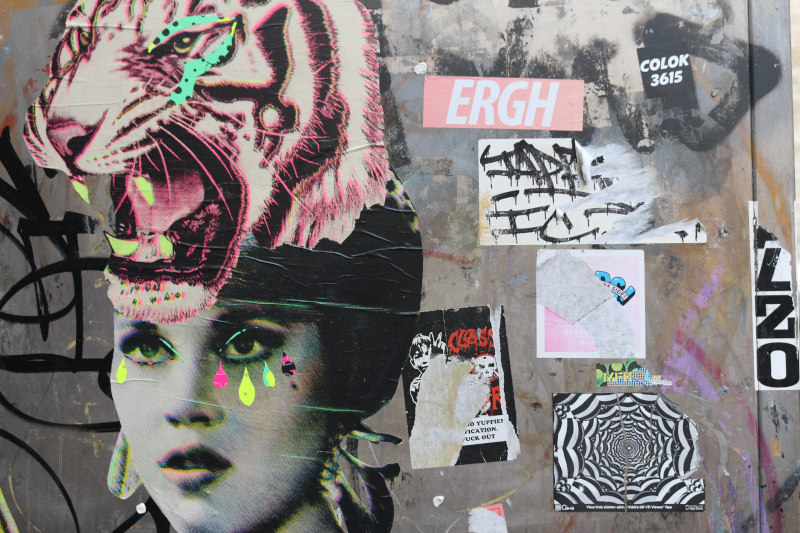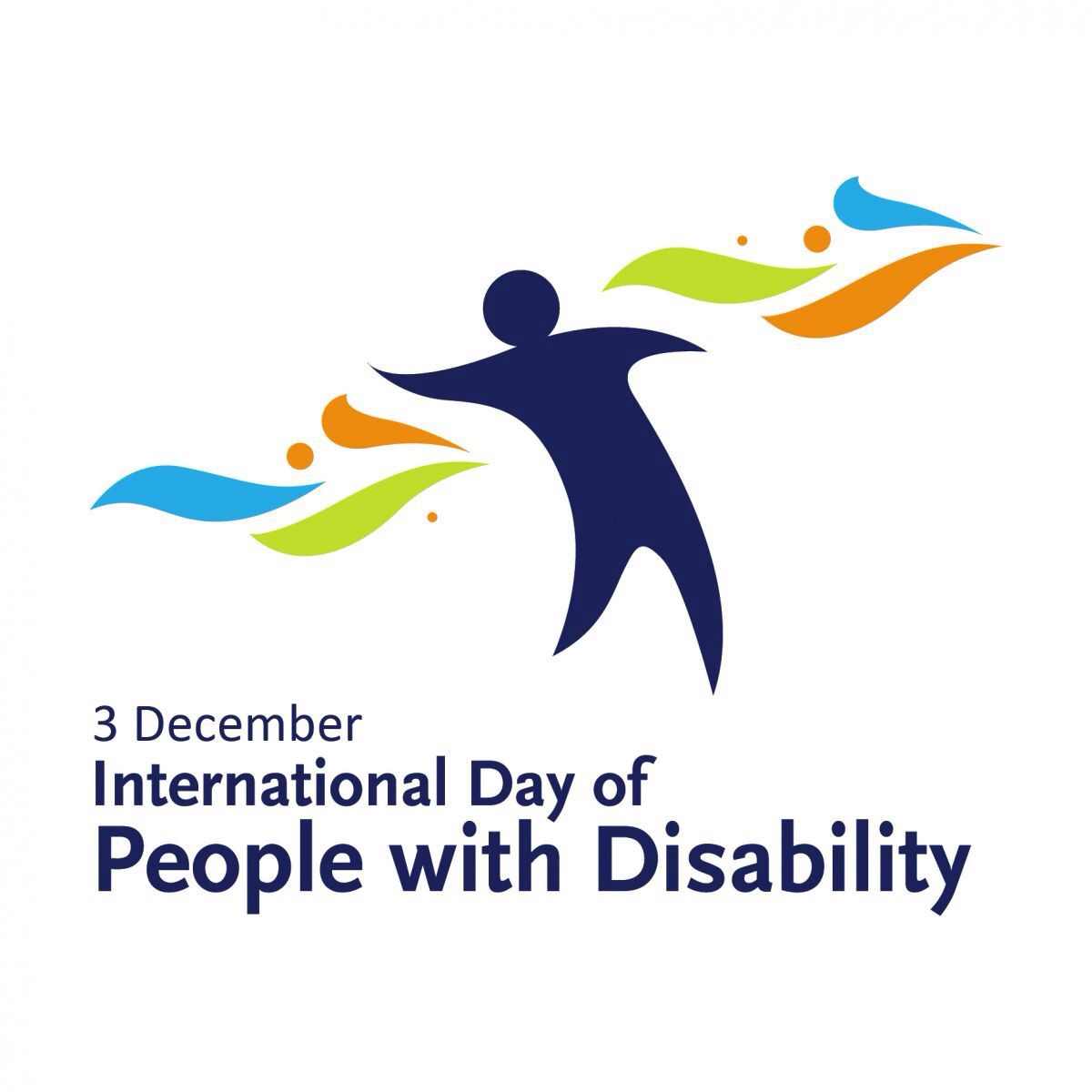
Technologies of Equal Participation: Formats, Designs, Practices. Introduction.
Listen to an audio recording of this piece read by Svetlana Borodina Only today, an unremarkable Friday morning in March 2022 (the day when I was writing this text), my participation has been requested at least eight times. On my way to work, as I was running down the stairs to catch a train, through the sound of music coming from my headphones I caught, “Please make sure to vote!” This was followed by a faint addition: “if you are a voter.” As I purchased coffee in a corner shop right outside the subway, the screen solicited my participation in their customer satisfaction survey: “What can we improve?” At work, as I sat down and opened my email, I saw that the NYC Parks and Rec Department had sent out a new batch of volunteering opportunities; a colleague had sent an invitation to participate in a round table next month; and a friend working on their UX portfolio had sent a link to a survey for an app they’d been working on (“What kind of problems do I run into in my commute?”). Meanwhile, my family’s WhatsApp chat was filling up with the regular, “Sveta, are you even here?” messages, complaining about my lack of participation in conversations. A gofundme campaign to crowdfund struggling refugees and a friend’s paper silently awaited their time, too. (read more...)




